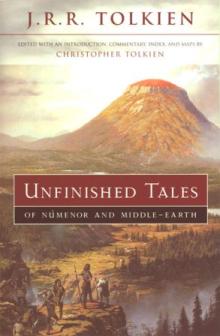Dive Into a Bleak Future with Anomaly
 Reviewing a cool new book or game for Black Gate used to be easy. Sit down in my big green chair for a few hours, type up my thoughts, and then I’m free to spend the rest of the day polishing my Bone action figures.
Reviewing a cool new book or game for Black Gate used to be easy. Sit down in my big green chair for a few hours, type up my thoughts, and then I’m free to spend the rest of the day polishing my Bone action figures.
That was before Anomaly, the massive 370-page graphic novel from Spawn artist Brian Haberlin and Pixar board member Skip Brittenham. Anomaly is a groundbreaking glimpse into the future, in more way than one.
First off, this thing is massive. The huge 7-pound hardcover is a full 15 inches by 10 inches, just slightly smaller than a Buick. Make sure you sit in a sturdy chair to read it (and maybe do some wrist exercises to limber up first). It’s so big they had to create a new publishing company just to get it out the door: Anomaly Publishing.
Second, it comes with something called Ultimate Augmented RealityTM, which means that to thoroughly experience the book I had to have the right gadgets. Following the instructions, I innocently pointed my iPhone at page 7. A 3-D image of a clicking alien popped up on my screen, moving around and making alien-guy sounds. When my son tried to flip the page, alien dude fell over.
“It’s a 3D representation that obeys the laws of gravity,” Tim noted. “Boggles the mind,” his brother Drew agreed.
Finally, Anomaly offers a more traditional glimpse into the future through its story, a space opera set in 2717, when humanity has conquered the stars and is in turn controlled by The Conglomerate, a profit-focused corporation that rules with an iron fist. Jon is a disgraced ex-enforcer for The Conglomerate, doing menial jobs in high orbit over a poisoned planet Earth, when he’s given a second chance: to protect the daughter of a high-ranking executive on a daring first contact mission. There’s more going on than meets the eye, however, and the high-stakes mission quickly goes off the rails as the explorers encounter lethal terrain, deadly mutants, strange magic, and corporate intrigue and betrayal on a mysterious world.
Anomaly is 370 pages (314 of story and another 56 of appendices) from Anomaly Publishing. It will be published December 1, 2012, with a cover price of $75. Check out the cool YouTube promo video here.
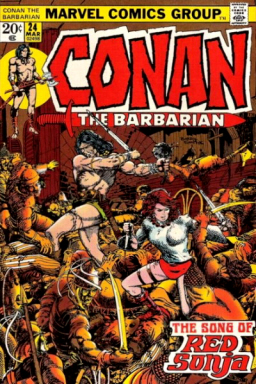
 Typically in these blog posts, I write about some work of fantasy, science fiction, or horror; of fantastika. I’m not sure whether the book I want to write about this time round can be described as any of those things. It’s not always, in fact, easy to distinguish what is fantastic and what is not. Does the distinction lie in what the writer has in mind, or in how the reader interprets the text? If a man who believes himself to be a magician writes about magic, is that fantasy or mimetic fiction? The author describes the world as the author understands it. The reader, reading, then sees the world as the author does: so writing is perhaps inherently magical, a possession. All words are magic words. All stories are true.
Typically in these blog posts, I write about some work of fantasy, science fiction, or horror; of fantastika. I’m not sure whether the book I want to write about this time round can be described as any of those things. It’s not always, in fact, easy to distinguish what is fantastic and what is not. Does the distinction lie in what the writer has in mind, or in how the reader interprets the text? If a man who believes himself to be a magician writes about magic, is that fantasy or mimetic fiction? The author describes the world as the author understands it. The reader, reading, then sees the world as the author does: so writing is perhaps inherently magical, a possession. All words are magic words. All stories are true.
 Together again,
Together again, 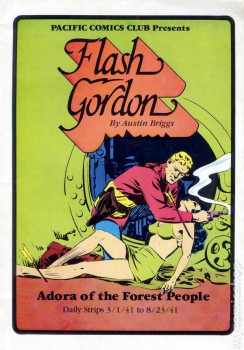
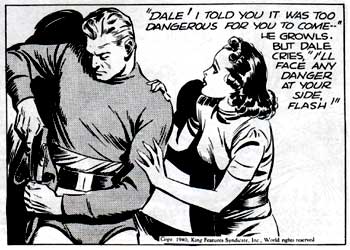
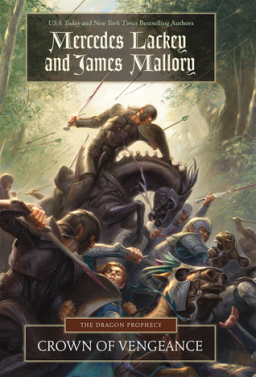
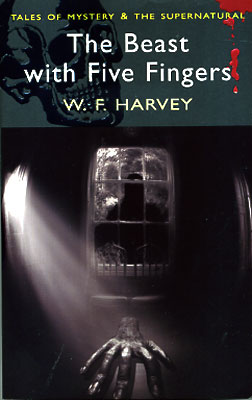

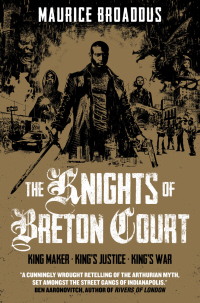
.jpg/150px-Ultimate_X-Men_Fantastic_Four_Annual_Vol_1_1_Page_3_X-Men_(Earth-81122).jpg)
